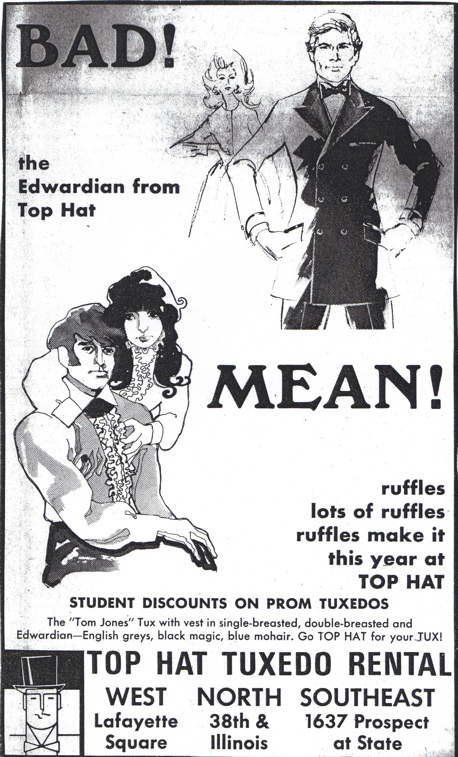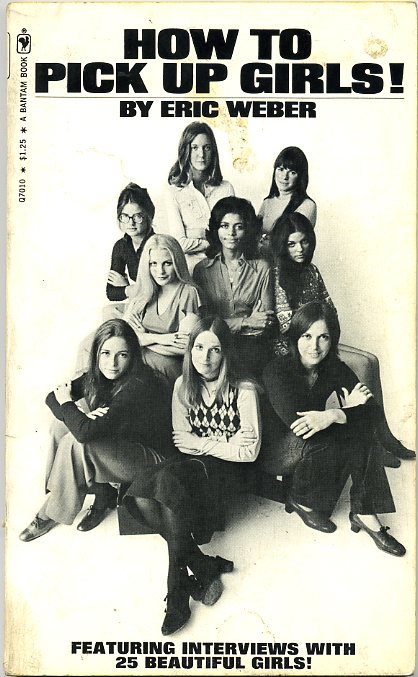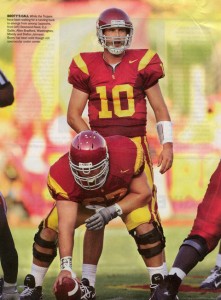What is the relationship between the denigration of men as men and patriarchy? So long as we buy into the idea that we can’t expect men to be good partners or fathers, we will tolerate women’s responsibility for the second shift and their placement on the mommy track at work. So the Homer Simpson-esque sitcom dads and the Jackass teenagers, while incredibly degrading to men, also serve to perpetuate patriarchy.
Case in point:
Jessica at Feministing writes that this ad:
…feed[s] into the sexist idea that men deserve a cookie for being halfway decent human beings, but it also denigrates men by suggesting that they’re animals, unable to resist any ass that that happens to pass their way.
Another excellent example here.







